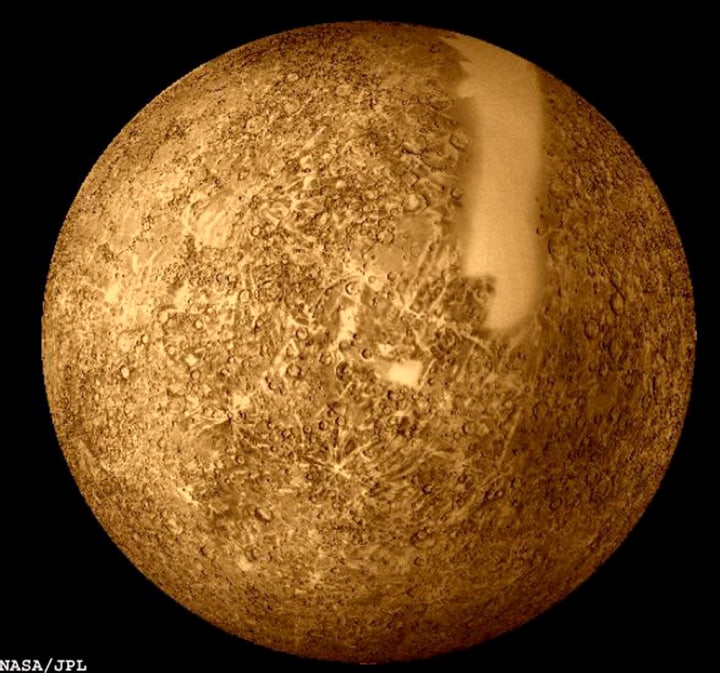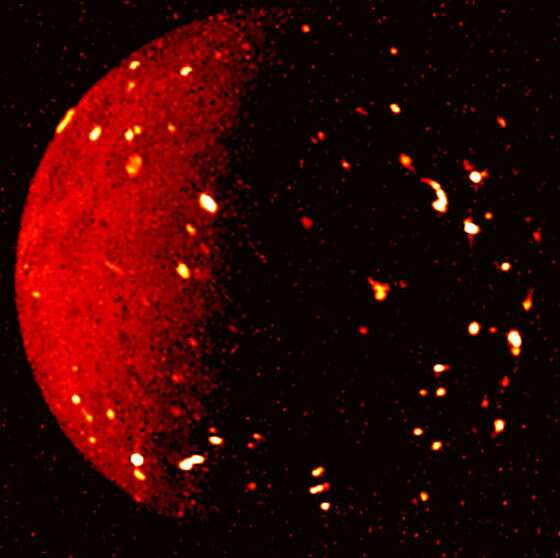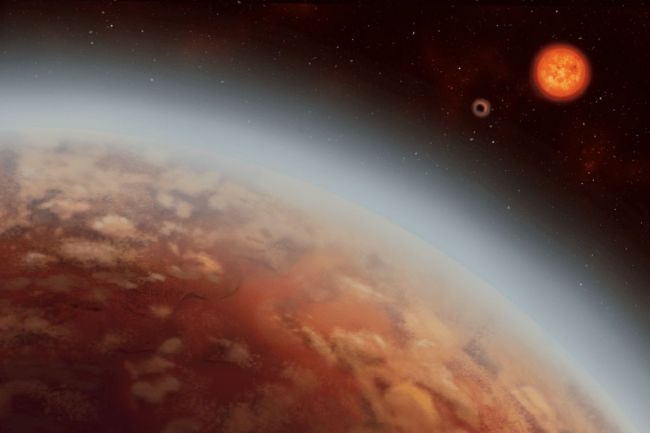The Hottest Planets In Our Solar System

The planets in our solar system are a captivating ensemble of celestial bodies, each with its own distinct characteristics and mysteries. Among these intriguing worlds, some stand out for their scorching temperatures, pushing the boundaries of what we perceive as habitable. In this article, we will embark on a journey through the solar system to explore the hottest planets that exist within its vast expanse.
Our adventure begins with Venus, a planet often referred to as Earth's twin. Despite its similarity in size and proximity to the Sun, Venus is a searing inferno, shrouded in an atmosphere that traps heat like a stifling blanket. We will delve into the unique composition of its thick atmosphere, comprised mainly of carbon dioxide and sulfuric acid clouds, which fuels its extreme greenhouse effect. With average surface temperatures soaring to a blistering 900 degrees Fahrenheit (475 degrees Celsius), Venus claims the title of the hottest planet in our solar system.
Moving inward, we encounter Mercury, the closest planet to the Sun. Although not as scorching on average as Venus, Mercury experiences extreme temperature fluctuations due to its proximity to our star. We will explore how its lack of a substantial atmosphere allows its surface to heat up to a scalding 800 degrees Fahrenheit (430 degrees Celsius) during the daytime, while plummeting to frigid temperatures during the night.
Beyond the inner planets lies an enigmatic moon named Io, orbiting the colossal gas giant Jupiter. Known for its volatile volcanic activity, Io's surface is a fiery landscape of erupting volcanoes and lava flows. We will uncover the captivating mechanisms behind Io's intense heating, generated by the gravitational tides caused by Jupiter's immense gravitational pull. Temperatures on Io can reach astonishing highs of 2,700 degrees Fahrenheit (1,480 degrees Celsius), making it one of the hottest places in our solar system.
As we venture farther into the outer reaches, we encounter the gas giants Jupiter and Saturn. Although lacking a solid surface, these colossal planets possess upper atmospheres that boast extreme temperatures. We will investigate the sources of internal heat and the absorption of solar radiation that contribute to Jupiter's upper atmosphere reaching temperatures of up to 1,340 degrees Fahrenheit (727 degrees Celsius). In contrast, Saturn's upper atmosphere exhibits a chilling -280 degrees Fahrenheit (-173 degrees Celsius).
READ ALSO » 5 Fastest Planets In Our Solar System
By exploring these hotspots within our solar system, we gain insight into the diverse and extreme conditions that shape our celestial neighborhood. Join us as we unravel the mysteries of these fiery worlds and appreciate the awe-inspiring range of temperatures experienced by the planets in our solar system.
The Hottest Planets in Our Solar System
- Venus: The Inferno Planet
- Mercury: The Closest Inferno
- Io: Jupiter's Volcanic Moon
- The Atmospheres of Gas Giants
1. Venus: The Inferno Planet

Venus, often referred to as Earth's sister planet, holds the distinction of being the hottest planet in our solar system. Despite being the second closest planet to the Sun, its searing heat is not solely due to its proximity to our star. The primary factor responsible for Venus' extreme temperatures is its thick atmosphere, consisting mainly of carbon dioxide (CO2) with traces of sulfuric acid clouds. This dense atmosphere creates a runaway greenhouse effect, trapping heat and resulting in a scorching average surface temperature of around 900 degrees Fahrenheit (475 degrees Celsius). This temperature is hotter than the surface of Mercury, even though Venus is farther away from the Sun.
2. Mercury: The Closest Inferno

While Venus may hold the title for the hottest average temperature, Mercury takes the crown for the highest temperatures experienced during the daytime. As the closest planet to the Sun, Mercury's surface can reach staggering temperatures of up to 800 degrees Fahrenheit (430 degrees Celsius) during its daytime, making it the second hottest planet in our solar system. However, due to its lack of a substantial atmosphere to retain heat, the temperatures plummet drastically during the night, reaching as low as -290 degrees Fahrenheit (-180 degrees Celsius).
3. Io: Jupiter's Volcanic Moon

Venturing beyond the inner planets, we encounter a unique moon orbiting the gas giant Jupiter called Io. Io, known for its remarkable volcanic activity, experiences intense heating due to the tidal forces generated by Jupiter's gravity. These tidal forces induce friction and heat within Io's interior, resulting in an incredibly active volcanic landscape. The surface temperatures on Io can soar as high as 2,700 degrees Fahrenheit (1,480 degrees Celsius) near the volcanic vents, making it one of the hottest places in our solar system.
4. The Atmospheres of Gas Giants

Moving further into the outer reaches of our solar system, we encounter the gas giants Jupiter and Saturn, which possess incredibly hot upper atmospheres. These planets do not have solid surfaces like the inner rocky planets, but their upper atmospheres exhibit extreme temperatures due to internal heat sources and absorption of solar radiation. The upper atmosphere of Jupiter reaches temperatures of up to 1,340 degrees Fahrenheit (727 degrees Celsius), while Saturn's upper atmosphere can reach around -280 degrees Fahrenheit (-173 degrees Celsius).
The hottest planets in our solar system offer a glimpse into the extremes of celestial temperatures. Venus, with its thick atmosphere and greenhouse effect, boasts the highest average surface temperature, while Mercury experiences scorching daytime temperatures due to its proximity to the Sun. Io, a moon of Jupiter, showcases the intense heating generated by tidal forces and exhibits volcanic activity. Lastly, the gas giants Jupiter and Saturn have hot upper atmospheres due to internal heat sources and solar radiation absorption. Understanding these extreme conditions helps us appreciate the diverse nature of our solar system and the incredible range of temperatures experienced by its celestial inhabitants.
READ ALSO » 10 Strangest Moon In Our Solar System
